The Lower Egypt is a concept widely used when talking about Ancient Egypt, as it was one of the two large areas into which the country was divided in Antiquity. However, using this term is also very useful nowadays, to cover a number of destinations of great interest to travelers. You can learn about these destinations in this section, as we offer detailed tourist information on their respective pages.
Prior to the unification of Ancient Egypt into a single country, there were two kingdoms: the Upper Egypt and Lower Egypt. And this territorial division was always maintained in the collective imagination, as shown by their respective crowns: the
Hedyet
(Upper Egypt), the
Desheret
(Lower Egypt) and the
Sejemty
(the union of both). The pharaohs, to symbolize their power over the whole territory, were represented with them on their heads.
Lower Egypt covers,
roughly
The Nile Delta plus Cairo and its surroundings. However, it is also common to include the coastal cities of the Delta in the concept of the Mediterranean coast.
Mediterranean coast
as we do on this website, and to classify Cairo and its surroundings as the center or ‘hinge’ between the Upper and Lower Lower Egypt.
On a social and economic level, this region is characterized by its very high population density and its industrial and agricultural importance for the whole country, the latter thanks to the fertile lands of the huge Nile Delta. On the other hand, in terms of tourism, the most outstanding places of the Lower Egypt are Cairo, Giza, Memphis and Saqqara, with world-famous monuments such as the Pyramids, the Great Sphinx and the Cairo mosques.
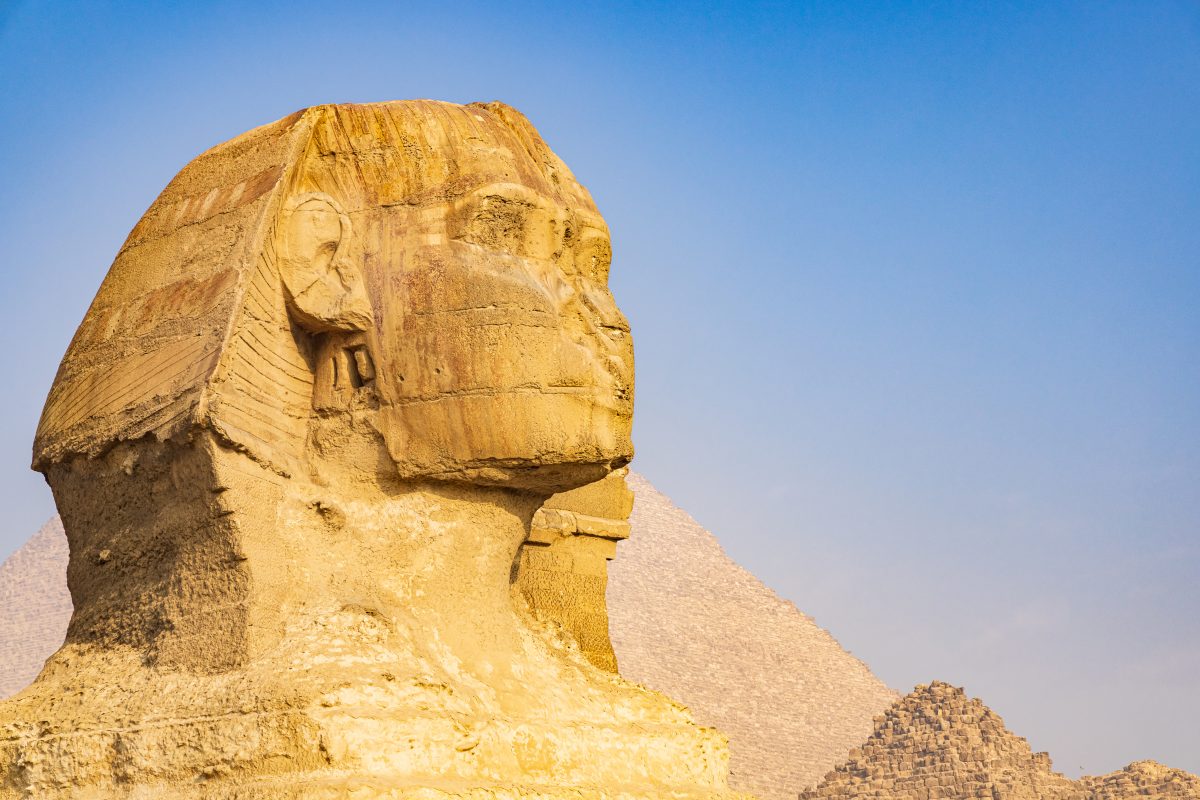
As the most densely populated region in the country, Lower Egypt is the Lower Egypt It also has a greater variety of means of transportation and communication routes. Cairo is the departure point for the country’s main highways, whether to the coast, to Upper Egypt or to the deserts to the east and west.
The railway network is more developed here and there are several airports with domestic and international flights. On the other hand, unlike in Upper Egypt, the boat trips are short and are only used for occasional excursions for tourists.
For all these reasons, Egypt Exclusive offers numerous tour packages in the Lower Egypt. So we invite you to learn more about each destination in their respective pages and to contact us to organize your trip to the region.
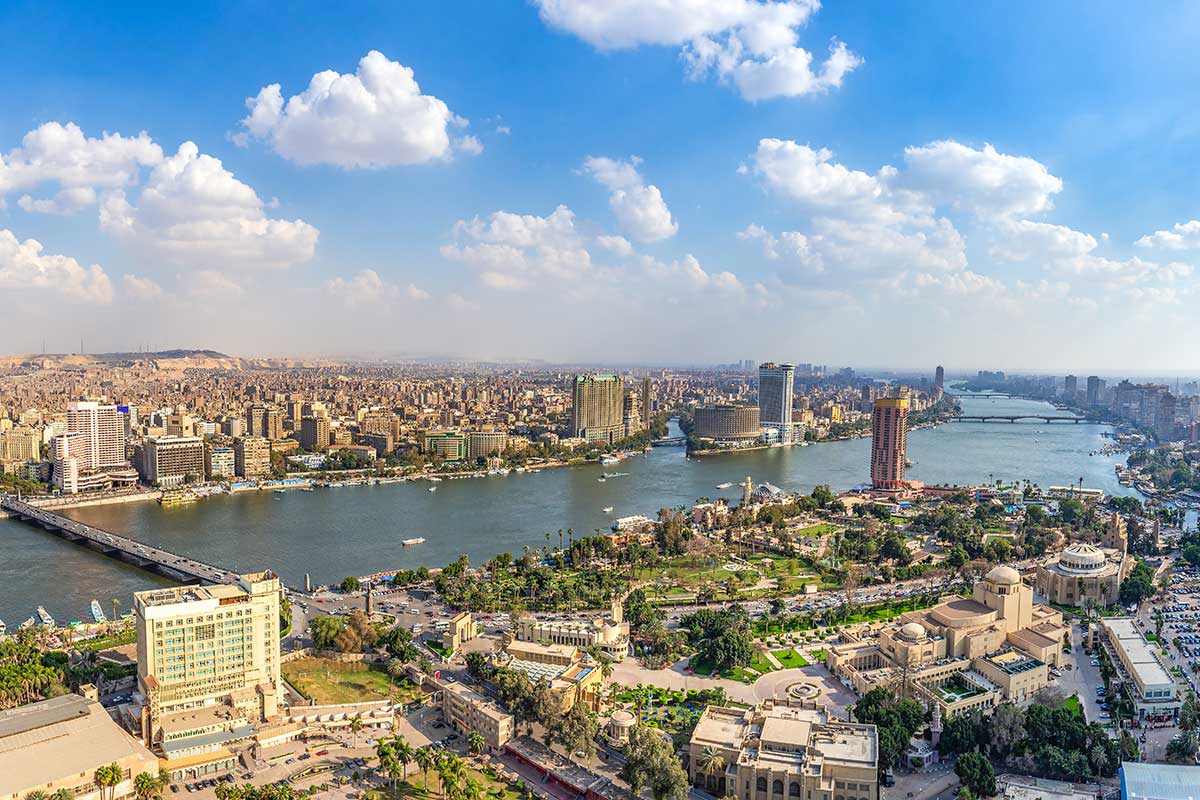
Cairo, the capital of Egypt, is a vibrant city full of contrasts. It is home to ancient wonders, such as the pyramids of Giza and the Sphinx, but it is also home to a modern metropolis with skyscrapers and heavy traffic. The bustling Khan el-Khalili bazaar, treasure-packed museums and historic neighborhoods coexist with modern restaurants and luxury stores. For more details, visit our dedicated Cairo page.
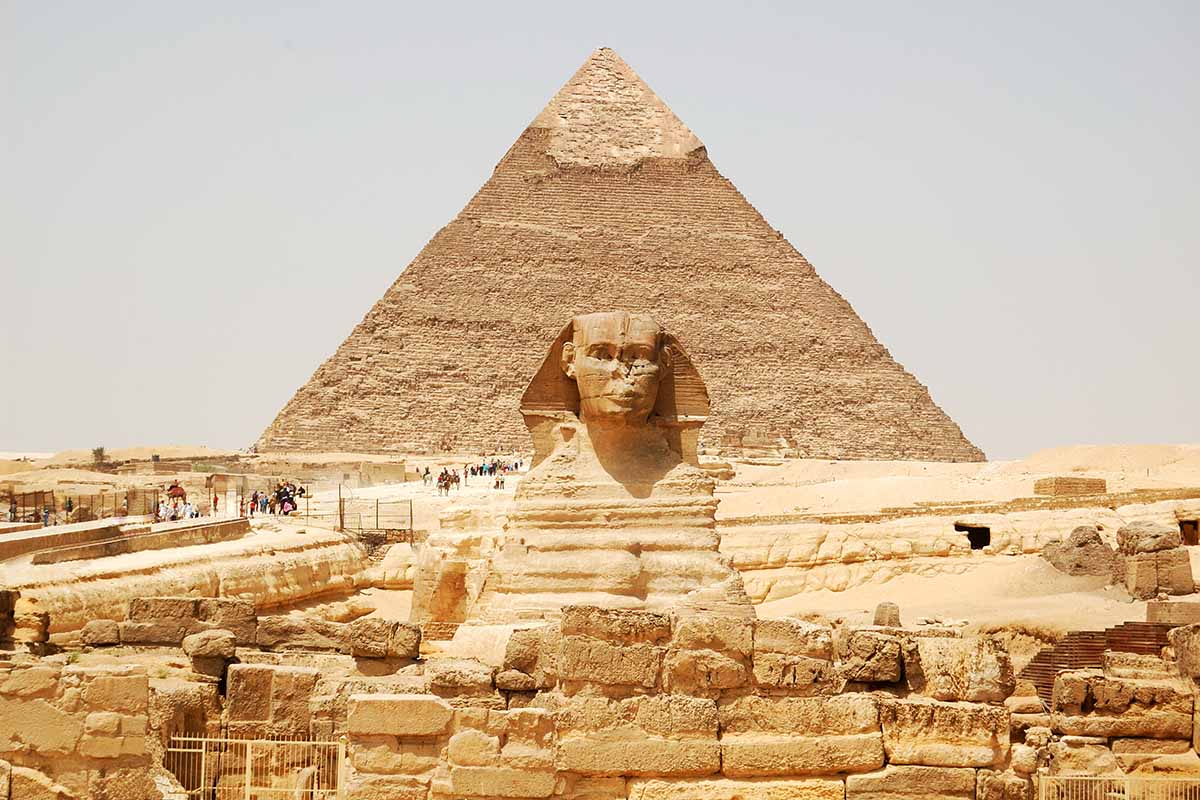
Giza is famous for housing one of the Seven Wonders of the Ancient World, the Pyramids of Giza. This complex includes the Great Pyramid of Cheops, the pyramid of Chephren and the smaller pyramid of Mykerinos, as well as the enigmatic Sphinx. Although Giza has become a suburb of Cairo, it maintains its own identity, with a mix of modernity and tradition. For more information, visit our page dedicated to Giza.
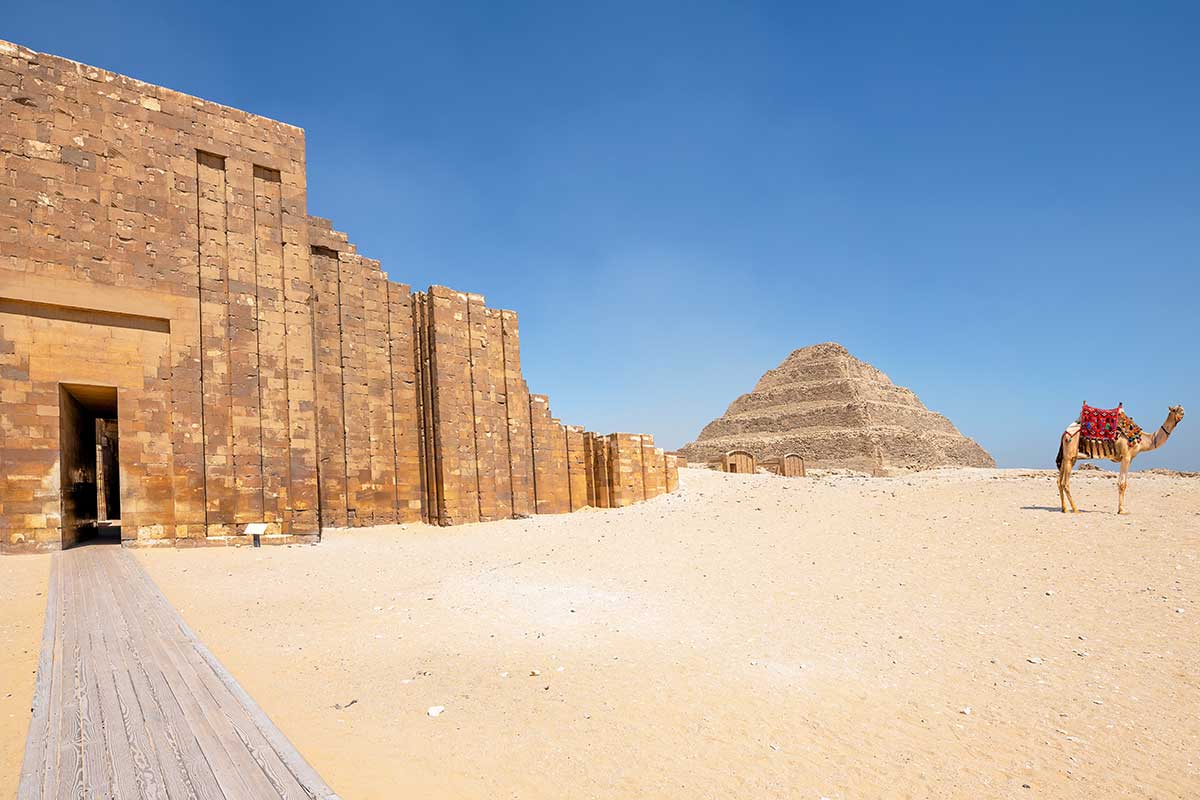
Saqqara and Memphis are archaeological sites that treasure the rich history of ancient Egypt. Memphis was the ancient capital of Pharaonic Egypt, while Saqqara is a vast necropolis that houses the famous Step Pyramid of Djoser, the oldest known monumental stone structure. In addition to the pyramid of Djoser, Saqqara has numerous tombs and monuments, many of which are open to the public. For more details, visit our page dedicated to Saqqara and Memphis.
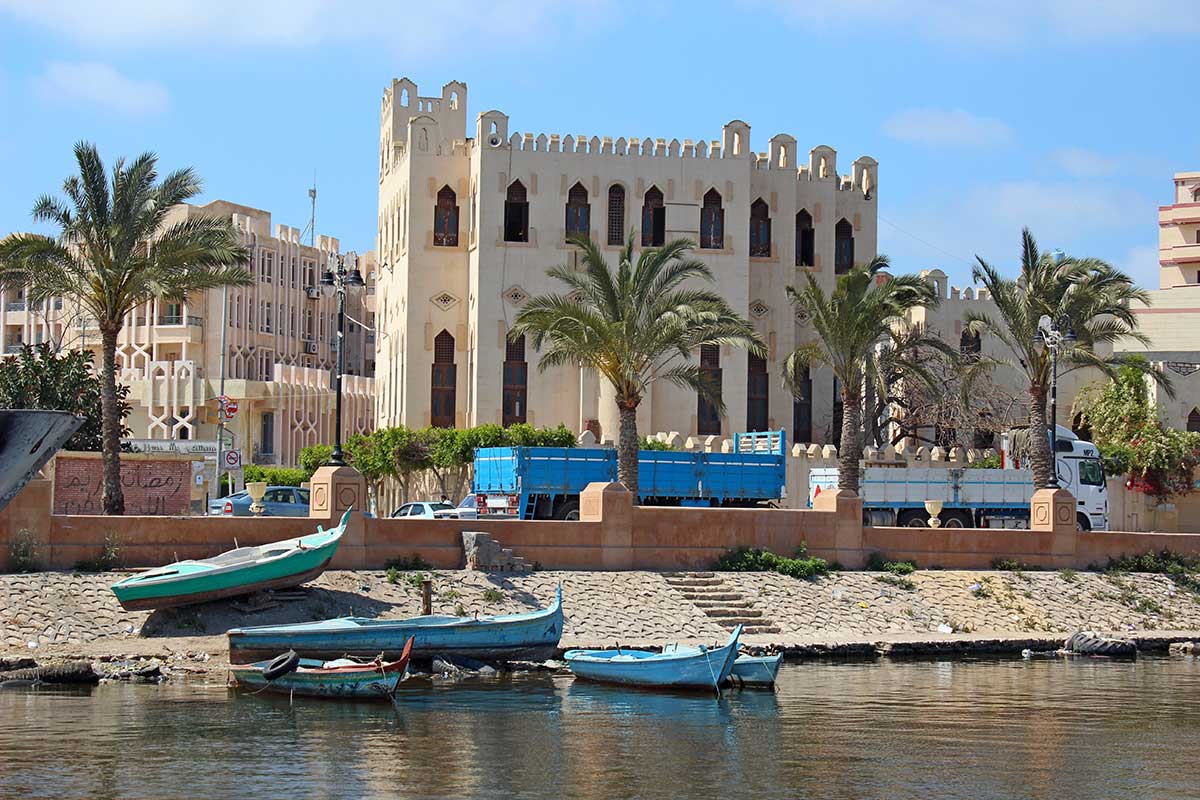
Rosetta, known in Arabic as Rashid, is a charming port city located in the Nile Delta. It is famous for the Rosetta Stone, which was the key to deciphering Egyptian hieroglyphs. Although the original stone is housed in the British Museum, the city continues to attract visitors with its well-preserved Ottoman architecture, narrow cobblestone streets and relaxed riverside atmosphere. For more information, visit our dedicated Rosetta page.
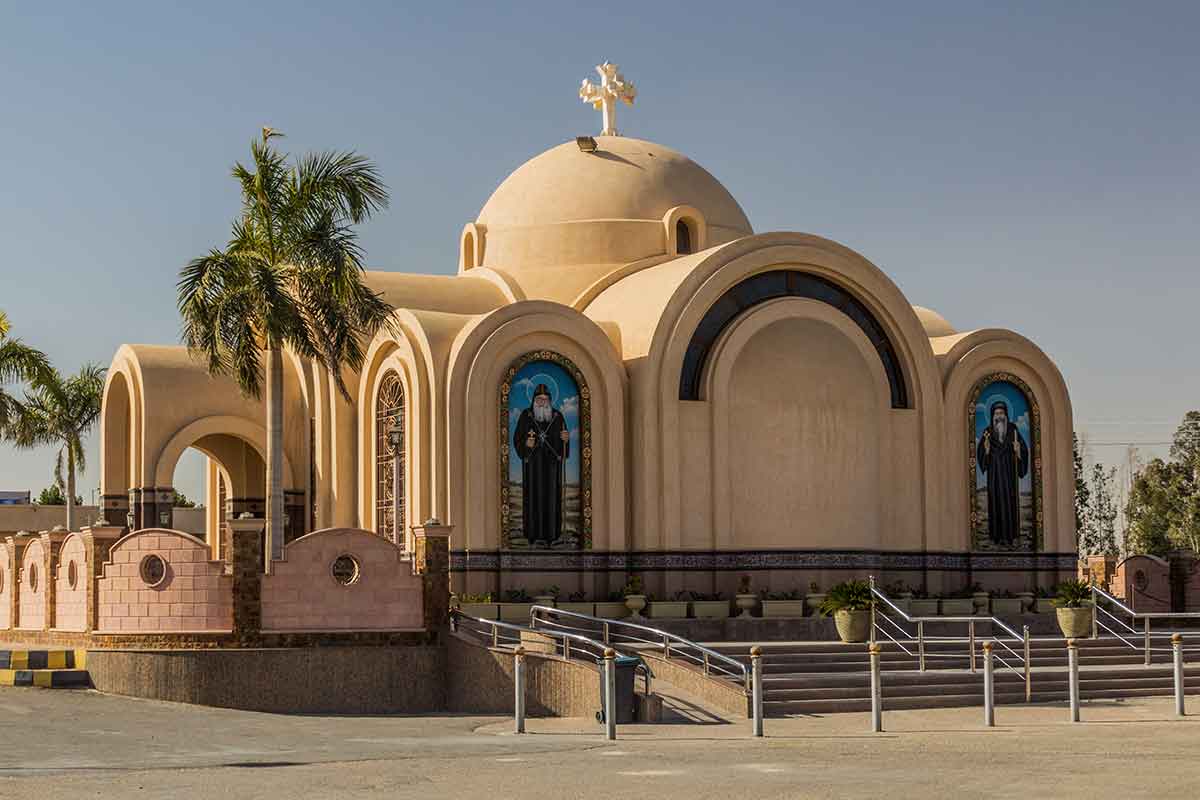
Wadi Natrun is a valley located in the western desert of Egypt, known for its ancient Coptic monasteries and its historical importance in Christianity. In addition to its religious significance, Wadi Natrun is famous for its salt lakes, which were an important source of salt in ancient times. It is a peaceful and spiritual place that offers a unique perspective on Egypt’s Coptic history and culture. For more information, visit our page dedicated to Wadi Natrun.
Fill out the form below to receive a free, no-obligation, tailor-made quote from an agency specialized in Egypt.
Travel agency and DMC specializing in private and tailor-made trips to Egypt.
Mandala Tours, S.L, NIF: B51037471
License: C.I.AN-187782-3